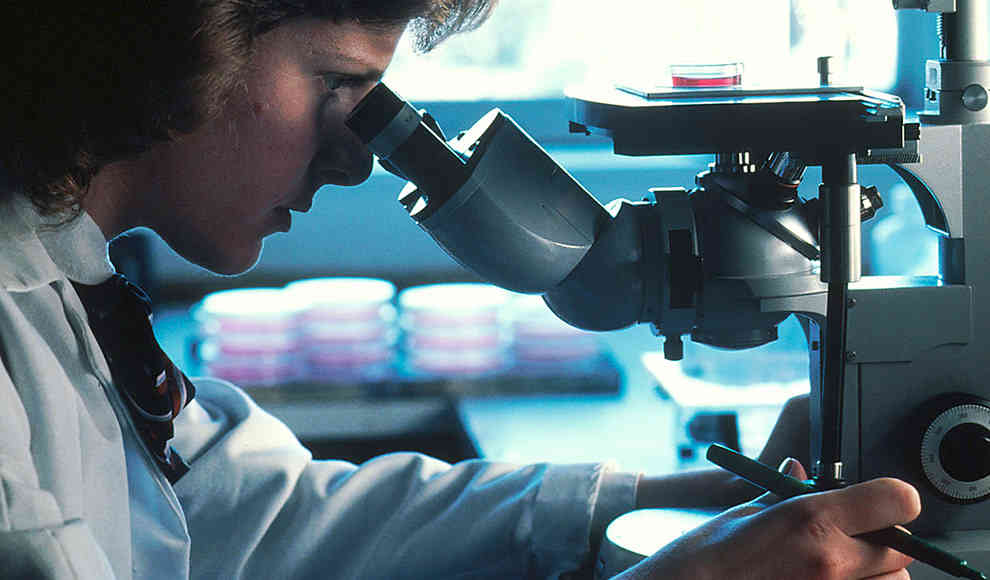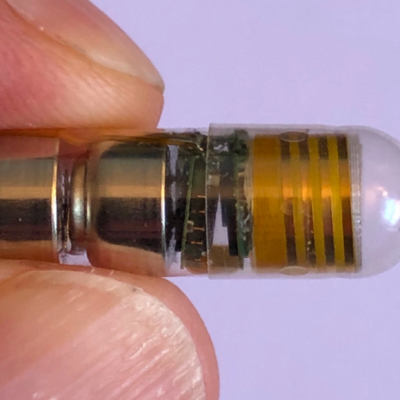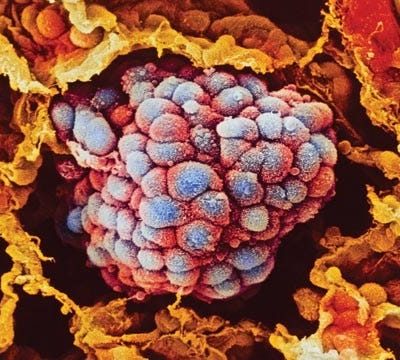Google has unveiled a prototype of its Augmented Reality Microscope (ARM) at the American Association for Cancer Research (AACR) annual meeting in Philadelphia. The microscope uses artificial intelligence for pattern recognition and augmented reality for additional visualization. A camera captures tissue samples under the microscope, which are then evaluated in real-time by an AI at ten images per second. Suspicious cell areas are highlighted using augmented reality, and additional visual cues such as animations, heatmaps, text, or arrows can be overlaid on the image. The ARM is currently trained to detect breast cancer metastases in lymph node samples and prostate cancer cells, but the AI can be trained to recognize other types of cancer.
The independent pattern recognition is one of the significant strengths of AI systems, and Google is now using it in combination with augmented reality to identify cancer cells. The ARM’s augmented reality function allows pathologists to immediately identify potential cancer cells and examine them further, even when the slide is moved. The developers of the ARM claim that the risk of overlooking cancer cells due to overlapping tissue is significantly reduced. The AI can be trained to recognize other types of cancer, making it a promising tool for early cancer detection and eliminating misdiagnosis.
The ARM’s potential for early cancer detection is significant, and it could help pathologists identify cancer cells in their early stages, leading to better treatment outcomes. The combination of AI and augmented reality is a promising development in the field of cancer research, and it could revolutionize the way cancer is diagnosed and treated. The ARM is still in the prototype stage, but it has the potential to become a valuable tool for pathologists and oncologists in the future.










